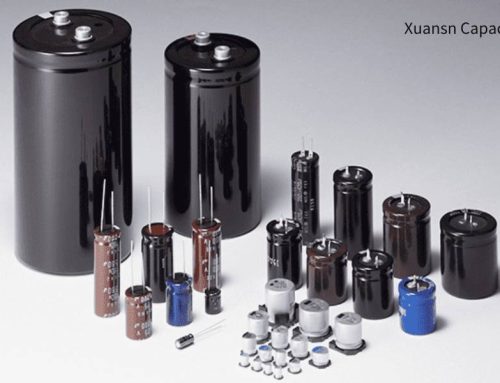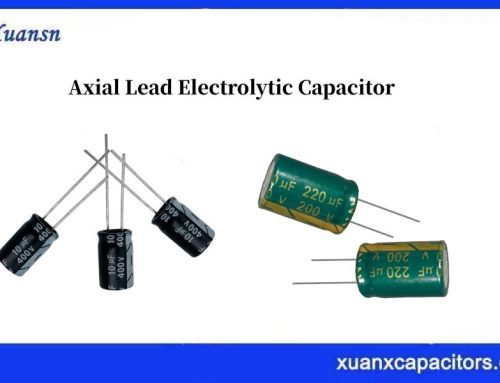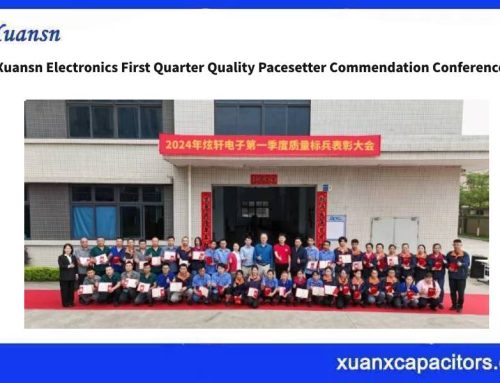1. Introduction to Capacitor Filters
A capacitor filter, also known as a capacitive filter or RC filter (where R is a resistor and C is a capacitor), is a type of electronic circuit that uses a capacitor to filter out unwanted signals or noise from a power supply. It is commonly used in electronic devices to smooth out the output voltage of a power supply and reduce any ripple or noise that might be present.
2. Working Principle of Capacitor Filter
The basic working principle of a capacitor filter is that the capacitor charges up when the input voltage is high and then discharges when the input voltage drops. This process of charging and discharging the capacitor helps to filter out any fluctuations or ripples in the input voltage, resulting in a smoother output voltage. The effectiveness of capacitor filters in reducing ripple depends on the capacitance of the capacitor and the frequency of the ripple.
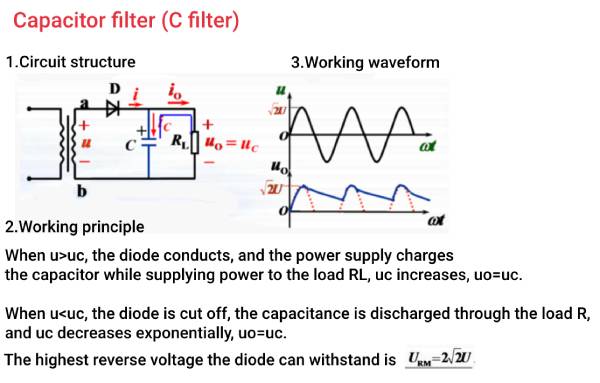
3. Types of Capacitor Filters: High-pass and Low-pass
There are two types of capacitor filters: high-pass and low-pass filters. High-pass capacitor filters allow high-frequency signals to pass through while blocking low-frequency signals, while low-pass capacitor filters allow low-frequency signals to pass through while blocking high-frequency signals.
4. Key Aspects of Capacitor Filter
Here are some of the key aspects of a capacitor filter:
Capacitance: The capacitance of the filter’s capacitance determines the amount of energy that can be stored and the frequency range that can be filtered out. Higher capacitance values allow for filtering of lower frequencies but can also result in slower response times.
Ripple voltage: Ripple voltage is the residual AC voltage present in the DC output of a power supply. A capacitor filter reduces the amount of ripple voltage present in the output by smoothing out the waveform.
Cut-off frequency: The cut-off frequency of a capacitor filter is the frequency at which the filter begins to attenuate the input signal. This is determined by the capacitance of the capacitor and the resistance of the load.
Resistor: In an RC filter, the resistor is used to limit the current flow and help determine the cut-off frequency.
Load impedance: The circuit’s load impedance can affect the capacitor filter’s filtering effectiveness. A lower load impedance will result in a lower cut-off frequency, while a higher load impedance will result in a higher cut-off frequency.
Frequency response: The frequency response of a capacitor filter is the range of frequencies that the filter can effectively filter out. This depends on the capacitor’s capacitance and the load’s resistance.
Power rating: The power rating of the capacitor used in the filter should be sufficient to handle the maximum current and voltage that the circuit will be subjected to.
5. Applications of Capacitor Filters in Electronic Circuits
- Capacitor filters are commonly used in various applications, such as power supplies for electronic devices, audio amplifiers, and radio receivers. They can also be combined with other types of filters, such as inductors, to create more complex filtering circuits.
- Power supplies: Capacitor filters are often used in power supply circuits to smooth the output voltage of a rectifier. The filtered output voltage is used to power electronics.
- Audio Amplifier: Capacitor filters are used in audio amplifier circuits to remove noise and hum in the supply voltage which can be picked up by the amplifier and create unwanted noise in the audio signal.
- Motor Control Circuit: Capacitor filters are used in motor control circuits to smooth the voltage supplied to the motor and reduce motor noise and vibration.
- Electronic Instruments: Capacitor filters are used in electronic instruments to filter out unwanted noise and interference from supply voltages.
Typically, capacitor filters are used whenever a smooth DC voltage is required from a pulsating DC voltage source.
The choice of filter capacitor depends on the specific application and requirements, such as the voltage rating, capacitance value, and size. Generally, capacitors with higher capacitance values are better at filtering low-frequency noise, while capacitors with lower capacitance values are better at filtering high-frequency noise.
Aluminum electrolytic capacitors are commonly used for power supply filtering due to their high capacitance values and low cost. Tantalum capacitors offer a high level of stability and reliability and are often used in applications where space is limited.
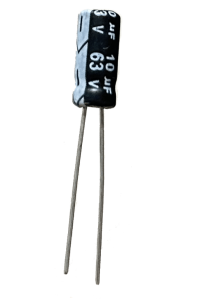
Ceramic capacitors are also commonly used for filtering in high-frequency applications, as they offer low ESR (Equivalent Series Resistance) and low ESL (Equivalent Series Inductance) characteristics.
Film capacitors are often used in audio applications, as they offer a high level of stability and low distortion.
In summary, the choice of filter capacitor depends on the specific application, and there are various types of capacitors available to choose from.
We focus on making high-end capacitors, if you have any needs, please contact us!

